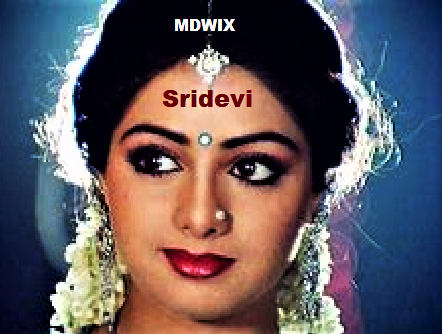India Foods-Emblem of unity in diversity.
India is a unique country in the world for it's unity among diversities in it's arts, culture and habits of it's people.
 |
| MDWIX TV |
India is the epitome of the world. There are approximately 130 crores of people living in India. The country is 3000 KM wide from east to west and north to south. With different geographical resources they are living in different parts of India. There are diversification on habits, religion, culture and profession. All these factors definitely impact on food habits of different peoples. Indian Foods are categorized on basis of region, religion, ingredients, cuisine and Standard of living.
India is a vast and diverse country with a reach and varied culinary heritage. From the spicy curries of the north to the coconut based dishes of the south, from the street food of the cities to the regional specialties of the rural areas. India offers a feast for the senses and a delight for the palate. In this article, we will explore some of the aspects that make Indian food show unique and diversified such as
1) The influence of history culture and religion on Indian cuisine.
2) The use of species spices herbs and other ingredients to create complex and flavourful dishes.
3) The diversity of regional cuisines and their distinctive characteristics.
4) The role of vegetarianism and veganism in Indian food culture.
5) The popularity and evolution of Indian food food around the world.
History culture and religion.
Indian cuisine has been shaped by centuries of history, culture and religion. India has been invented by various foreign powers such as the Persian Greeks, Mongol, Portuguese, British and others. Each of these invaders brought their own culinary tradition and preferences which are assimilated and adopted by the local people. As example, the Mughal emperor which ruled over most of Northern India from 16th to 18th centuries introduced Persian style dishes biryani's and pulao, the Portuguese who established trading post in Goa and other coastal regions in the 15th centuries, introduced ingredients such as chilies, tomatoes, potatoes and vinegar which we can staples of Indian cuisine. The British Raj which command India from 19th to the mid 20th century popularised dishes such as chicken tikka masala and kedgeree.
Religion also plays a significant role in Indian cushion. Hinduism which is the dominant religion in India prescribes certain territory rules and restriction for its followers. For instances many Hindus avoid eating beef as cows are considered secret animals also practice vegetarianism all forms of life. Other religion in India such as Islam Sikhism Buddhism and Jainism also have their own laws and customs.
Spices hearts and other ingredients.
One of the most distinctive feature of Indian cuisine is the use of spices herbs and other ingredients to create complex and flavourful dishes. Spices are not only use for their tests and aroma but also for their medicinal and preservative properties. Some of the most common spices used in Indian cuisine are turmeric, Cummins, coriander. Cinnamon, cloves, saffron, fenugreek.
Mint, cilantro, curry leaves and basils are also widely used to add freshness and colour to dishes. Other ingredients that are essential to Indian cuisine are ghee, yoghurt, curd, paneer, lentils, rice, wheat, chickpeas, coconut and tamarind in regional cuisines.
India is a large country with diverse geographical feature and climatic conditions. This results in a variety of regional cuisines that reflect the local availability of ingredients.
Gradually we are trying to demonstrate all these aspect in different articles as below:
1. The affordable and delicious foods for common Indians.
2. The festive or occasional foods for common peoples of India.
3. The elegant foods for the higher Class people of India.
4. Indian Continental Dishes for foreigner travel to India.
5. North Indian foods essence.
6. South Indian foodies.
7. North East Indian foods festoon.
8. Indian Vegetarian and Non-Vegetarian food journal.
9. Best and famous restaurants cuisine menu.
10. Indian Street foods familiarization.
Hope all you will get a summery of Indian food culture.
------------------------------------------------------------------------------
1. The affordable and delicious foods for common Indians.
2. The festive or occasional foods for common peoples of India.
3. The elegant foods for the higher Class people of India.
4. Indian Continental Dishes for foreigner travel to India.
5. North Indian foods essence.
6. South Indian foodies.
7. North East Indian foods festoon.
8. Indian Vegetarian and Non-Vegetarian food journal.
9. Best and famous restaurants cuisine menu.
10. Indian Street foods familiarization.
Hope all you will get a summery of Indian food culture.
------------------------------------------------------------------------------









